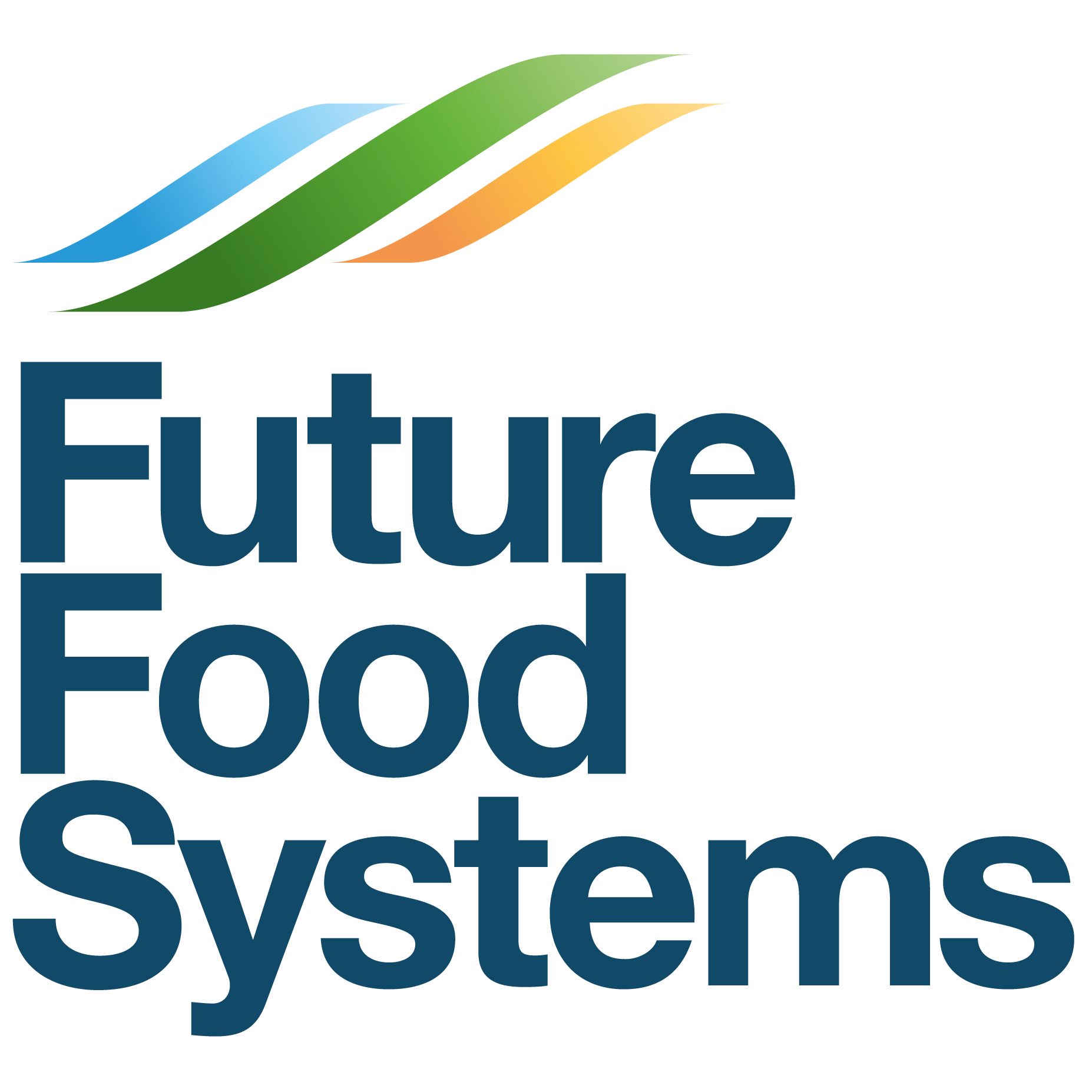Using advanced methods including synchrotron-Fourier transform infrared (FTIR) microspectroscopy at The Australian Synchrotron facility in Clayton, Victoria, a team of Australian scientists has shown that a blend of enzymatically cross-linked pea and whey proteins (heteroprotein) plus maltodextrin complex (TG-MD) effectively encapsulated and protected beta-carotene. The new blend shows promise as a natural hybrid wall material for boosting encapsulation efficiency in foods containing lipophilic bioactive compounds, such as mayonnaise.
The researchers, based at UNSW’s School of Chemical Engineering and ANSTO, included Drs Woojeong Kim, Yong Wang, Jitraporn Vongsvivut (ANSTO Australian Synchrotron) and Qianyu Ye, and FFS Research & Commercialisation Director Professor Cordelia Selomulya.
The team’s findings will be published in Food Chemistry, available under a Creative Commons license. Read the paper here.
Woojeong Kim, Yong Wang, Jitraporn Vongsvivut, Qianyu Ye, Cordelia Selomulya. ‘On surface composition and stability of β-carotene microcapsules comprising pea/whey protein complexes by synchrotron-FTIR microspectroscopy’. Food Chemistry, Volume 426, 15 November 2023.
Lead image: Woojeong Kim (UNSW), Dr Jitraporn (Pimm) Vongsivut from the Australian Synchrotron, and Dr Yong Wang (UNSW)) at the Australian Synchrotron in Clayton, Victoria. Image courtesy of Professor Cordelia Selomulya, UNSW School of Chemical Engineering
